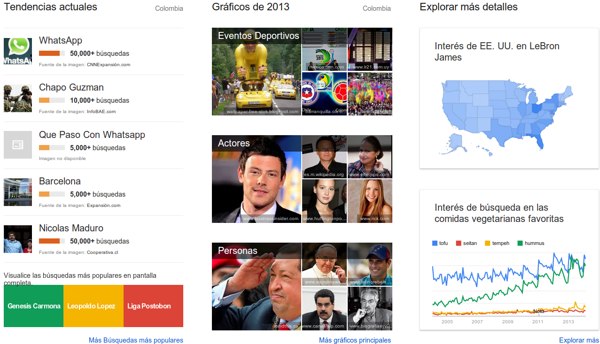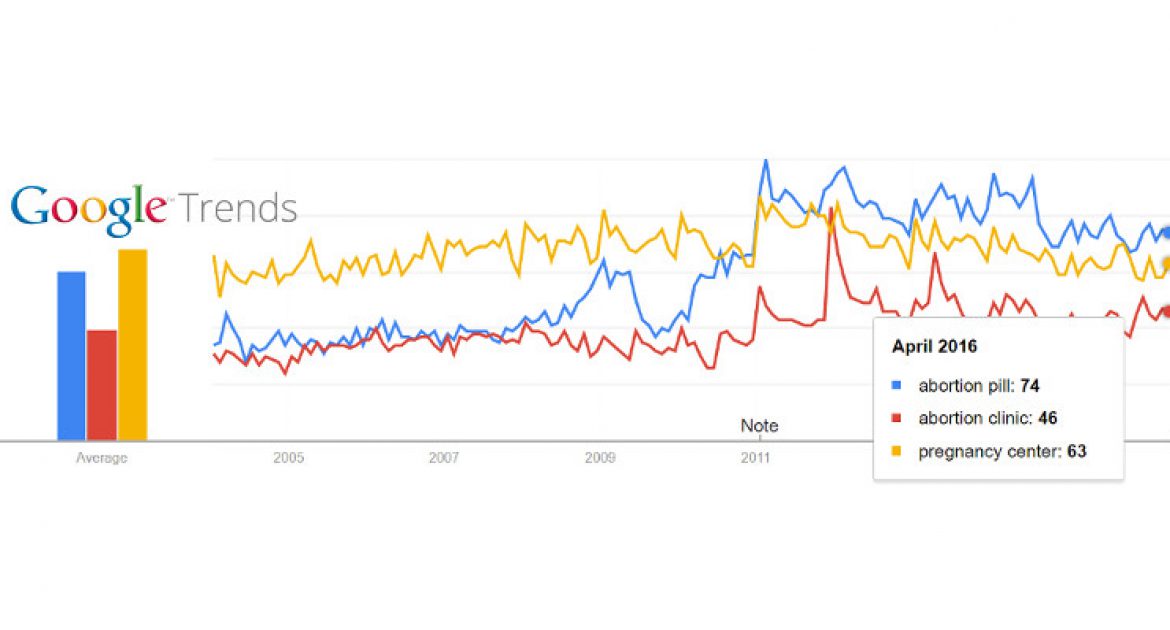


- #GOOGLE TRENDS AVAILABLE IN HOW TO#
- #GOOGLE TRENDS AVAILABLE IN DOWNLOAD#
- #GOOGLE TRENDS AVAILABLE IN FREE#
#GOOGLE TRENDS AVAILABLE IN HOW TO#
#GOOGLE TRENDS AVAILABLE IN DOWNLOAD#
WHERE refresh_date = DATE_SUB(CURRENT_DATE(), INTERVAL 1 DAY)Īlternatively, you can explore Google Trends with other Business Intelligence (BI) tools like Looker, Data Studio, or with solutions from our partners. Download and play with key datasets from Google Trends, curated by the Trends Data Team at Google team. Google Trends quantifies the users web interest in a keyword (e.g., football) by returning a normalized value ranging from 0 to 100, called relative search.

SELECT * FROM `bigquery-public-data.google_trends.top_terms` To minimize the data scanned and processed, utilize the partition filter in your query: To explore these public dataset tables, query the top 25 stories and top 25 Rising tables from the BigQuery SQL UI. Explore Google Trends datasets with BigQuery Tip: To access BigQuery without a Google Cloud account or credit card information, use the BigQuery sandbox. SQL queries above these thresholds are subject to regular BigQuery pricing.
#GOOGLE TRENDS AVAILABLE IN FREE#
The BigQuery dataset from Google Cloud Marketplace displays the Top 25 overall or Top 25 Rising queries from Google Trends from the past 30 days.īigQuery’s free tier offers up to 1 TB/month in SQL queries and up to 10 GB/month in storage without charge.

When you understand more about what your customers are searching for and why, you can uncover new customer needs that you didn’t think of in the first place.You can access anonymized, indexed, normalized, and aggregated Google Trends data with BigQuery. Results marked "Breakout" had a tremendous increase in search popularity, probably because these queries are new and had few (if any) prior searches.įor example, when you search “Mother’s Day” in Google Trends from April to May 2020, you’ll see that one of the breakout queries is “Mother’s Day eCards.” “Rising” queries are those with the biggest increase in search frequency during your selected time period compared to the previous period.įor example, if you search for rising terms during 2019, it will show you those with the biggest growth in search frequency compared to 2018.īreakout terms. To do so, after you’ve added one topic, simply click + Compare and type in. A topic is a group of terms that share the same concept in any language, while a search term only includes data for that language. But the tool also includes data from Googles image search and YouTube, which can help. This can be extremely useful in uncovering customer needs that you’ve overlooked or discounted. With Google Trends, you can compare two search topics simultaneously to understand which is more popular with users. Google Trends uses web search data to evaluate search words in default. When you search for a term, Google Trends automatically shows top and rising topics and queries related to your term. Using Google Trends to discover new opportunitiesĪnother powerful Google Trends tool allows you to discover additional topics and queries related to your search term that you may not have considered. By understanding which trends are seasonally cyclical and when they peak and wane, your business can better plan and prepare to seize these opportunities to reach customers right when they’re searching for what you offer. searches for “hair salons” from March to May 2020, but expanding that same search comparison to the last 5 years reveals that “hair salons” were much more popular historically. For example, search volume for “cut your own hair” began trending in popularity vs. Random spike or real trend? If you want to determine whether a spike you’re seeing is a recurring trend or the effect of an isolated one-time event, expanding your Google Trends search to the past few months or years can reveal it.Exploring “Mother’s Day gifts” in Google Trends reveals that searches tend to spike in early April. Take the flower shop in our earlier example. Here are a few reasons why this is useful to your business: Using the timestamp dropdown menu, you can adjust and expand the dates of your search with options ranging from “Past 30 Days” to “Past 5 Years” to “Since 2004.” Maybe you want to know if a topic's popularity is steady, seasonal, or influenced by an isolated event. Maybe you don’t want to know what’s popular right now. Expanding your search by time to identify seasonal trends


 0 kommentar(er)
0 kommentar(er)
